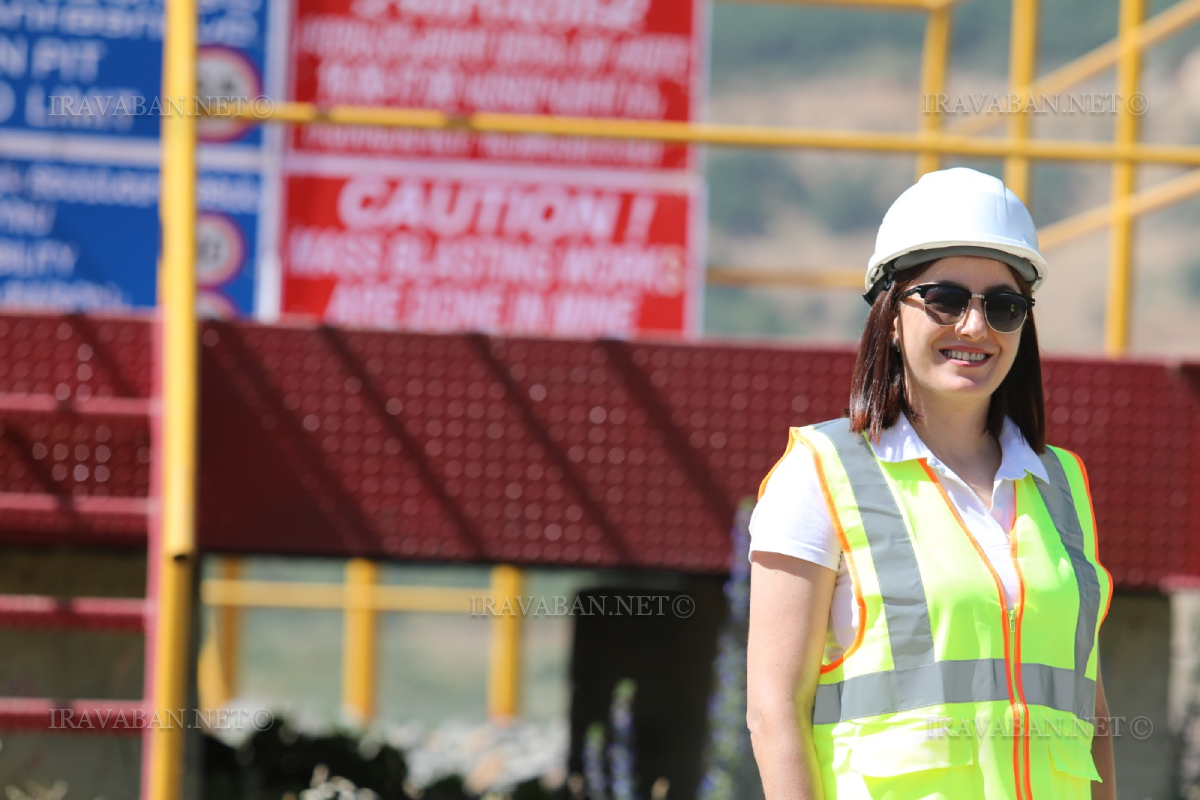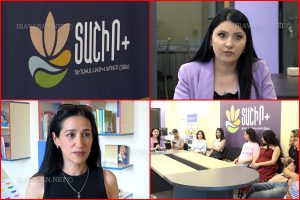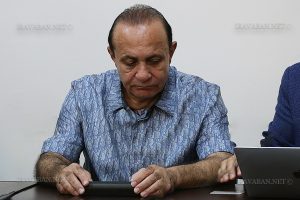Last week, the Zangezur Copper Molybdenum Combine posted an announcement on the Company’s social media pages that it had held public hearings on licensing of a number of planned activities, including waste management activities. Regarding the topic, Iravaban.net spoke with Ms Hasmik Mkrtumyan, Head of the Environmental Protection Department of the Zangezur Copper Molybdenum Combine.
It is known that waste management is one of the most serious problems of modern environmental protection. Unmanaged landfills can cause as much, sometimes more, damage to nature as industrial waste. Nevertheless, the biggest noise is raised, especially in the case of industrial waste. Especially recently, given the Azerbaijani attacks on the Armenian mining industry and environmental accusations that clearly have political goals, it is important to find out what measures are being implemented in the field of waste management, particularly in the ZCMC, and whether we can use this information to counter the accusations against the Republic of Armenia?
– Currently, the issue of management and processing of all types of waste in the world is becoming more and more important in all sectors, and the problem is even more urgent for the mining sector. How waste management is implemented in Armenia’s largest mine?
 – The problem is increasingly receiving a lot of attention in the world, but we must say that in Armenia, and I think in our region, systematic and consistent work is still not being done in terms of household waste.
– The problem is increasingly receiving a lot of attention in the world, but we must say that in Armenia, and I think in our region, systematic and consistent work is still not being done in terms of household waste.
In this sense, mining companies are different because they have both the experience and the capacity to deal with waste.
For example, since 2015, ZCMC has developed a mechanism for the management of extrapolation and consumption waste based on legal norms and international best practices.
For example, let’s start with the simplest mercury lamps, which have the first class of danger, have been completely replaced by LED lamps in the combine, in order to avoid this waste and the problem of its further handling. Whether it is a battery or any other material or equipment, based on their degree of danger, we have regulations in the stages of their use, rejection and disposal.
In the case of a large industrial company, it is understood that the waste has very large volumes, so some types of waste, for example, reagent bags, paper waste, etc., are compressed with special equipment, the volume is reduced, due to which their storage areas are reduced, transportation drives and costs are reduced, and quantities of gases naturally emitted during transport are reduced as well. Each type of waste has a clear management procedure, which is documented, and with these documents, awareness and instruction is carried out for the employees who are related to the given waste.
– In the case of mining, the mineral waste management process is perhaps much more important, which is also discussed from time to time by environmentalists, and has become an “easy” target for Azerbaijanis in the last year. In particular, the Armenian mining sector is accused of polluting the region. How does ZCMC face this challenge?
– I can say with confidence that the best technologies have been introduced in Armenia and especially in ZCMC in recent years, and Armenia has more than a century of experience in mining, and Armenian specialists in extractive industries are the best in the region.
Land use waste includes quarry waste – loose rock, as well as tailings. This is, of course, a complex job and is an integral and important part of the overall mining activity. They are managed separately, and their management principles and requirements differ from other wastes.
Mining waste is placed in the Artsvanik tailings pond, and waste rock is stored in the form of backfills, the handling of which is a complex technological process. I can explain a little in a general terms. In empty rock dumps, waste disposal is carried out using a special technology in accordance with the approved project, which is organized taking into account a number of features: terrain, geochemical composition of waste, volumes, etc. Special measures are being taken to reduce the potential impact of these waste dumps. For example, special aqueducts are being built to safely remove surface water from empty rock fills. There is also a need for de-dusting of landfills, which is done by watering. Of course, this whole process is accompanied by monitoring, in particular, constant monitoring of water and air quality and a study of biodiversity, based on the results of which management measures are implemented. And those parts of the landfills, which are no longer exploited, are covered with a layer of soil, and semi-natural reclamation is carried out.
– In common language, this sounds like an ordinary industrial process. However, the existence of the tailings dump is perceived by the public as the biggest problem. What are the potential dangers?
– First, I want to remind that there are hundreds of tailings in the world, including the most developed countries. Tailings are an integral part of the mining industry and can be completely safe if managed according to modern standards. Of course, tailings safety risks must be strictly managed with all studies in mind. In particular, dewatering of the dam of the tailings reservoir is carried out regularly and the water level is checked using piezometers as part of the monitoring. The fertile soil layer is removed and stored in special areas for further reclamation, etc. Monitoring of the tailings dump is carried out on a daily basis, and in addition to highly qualified specialists of the company, the government authorized bodies and design organizations, and finally, international reputable auditing and research organizations are involved as well. Moreover, the latters’ recommendations, in collaboration with local specialized organizations, are localized specifically for a given tailings dump. This implies scientifically and practically tested solutions according to international standards, for which the company spares neither time, nor effort, nor financial resources.
– – What is the reason for the criticism by the NGOs in that case?
– The reasons can be different, and the criticism, by the way, can be without a reason. The very existence of a tailings dump, which is in an open area and, naturally, visible to the eyes of people, itself becomes the subject of unscientific speculations and criticisms. The tailings dump exists and is an integral part of the mining operation, it is physically visible, but the large-scale work done to ensure its safety is invisible. Criticism from someone who does not know the matter cannot be valid or credible. Those ecologists or environmental organizations who are really interested in the details of real management contact us in the prescribed manner, get acquainted with the activities being implemented and, I assure you, that they receive comprehensive answers to the questions that concern them. Just a few days ago, a group of ecologists came on an excursion, inspected both the quarry and the production facility, visited the tailings dump, got acquainted with the ongoing work and, we can say, there were no questions left. We definitely welcome the interest of environmental organizations when questions are asked on scientific grounds. Of course, we do not claim that everything is perfect. It is clear that the professional work of the public sector in any area can play a positive role, including in improving processes. But when unfounded criticism and false information are spread, this is bad, of course, for all sectors of industries, but in the case of the mining industry, fake news can also be very dangerous for the country.















